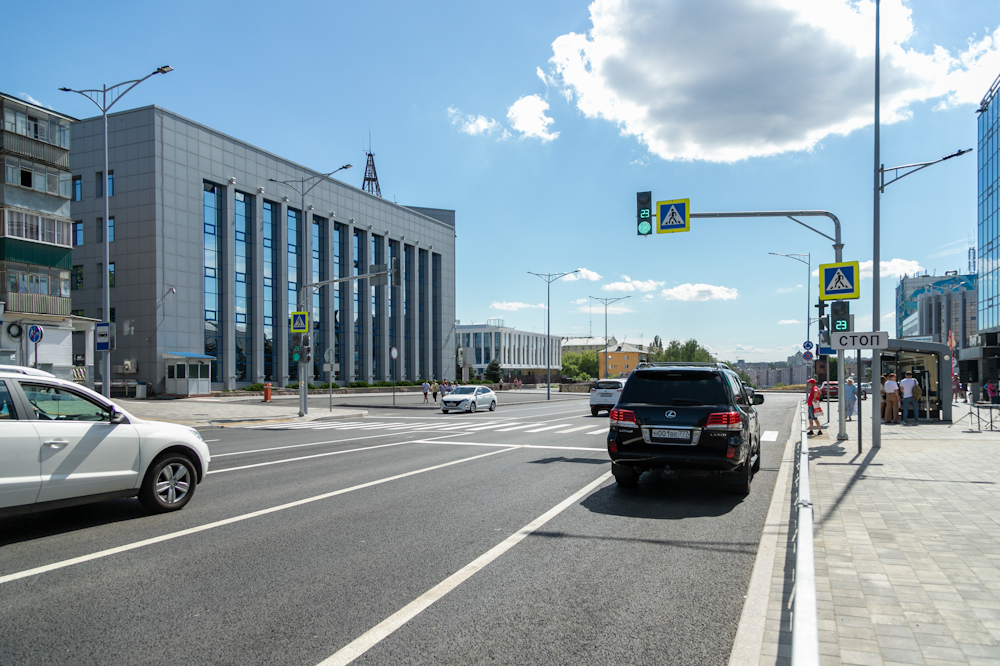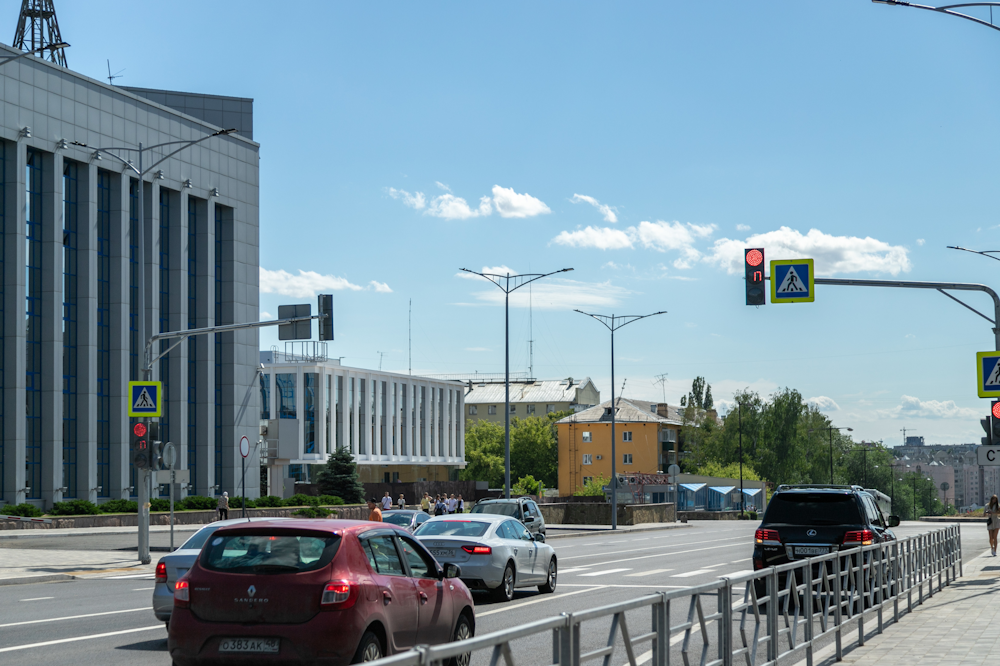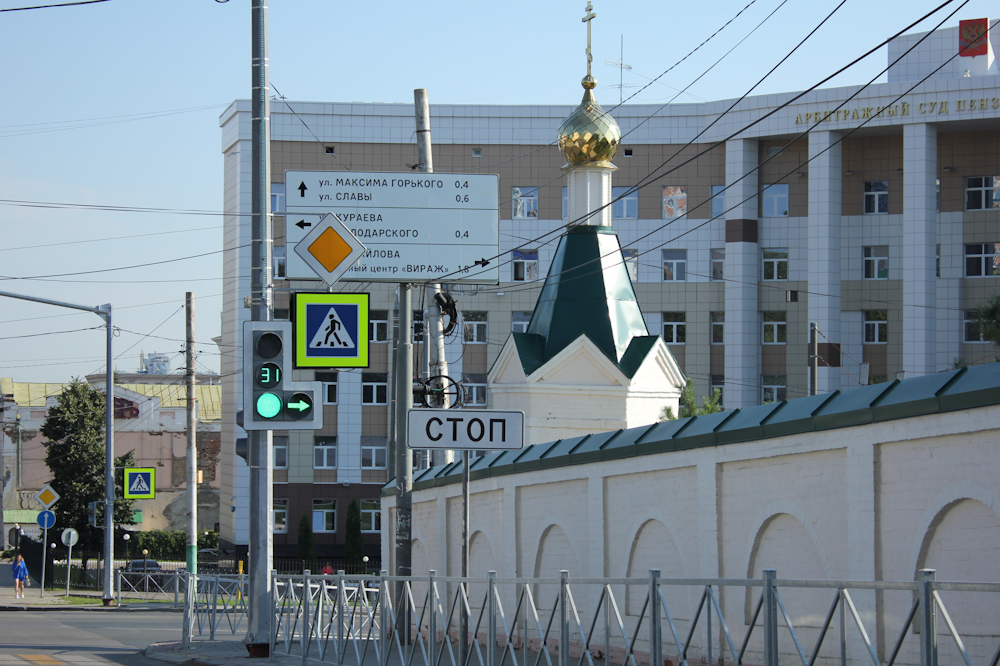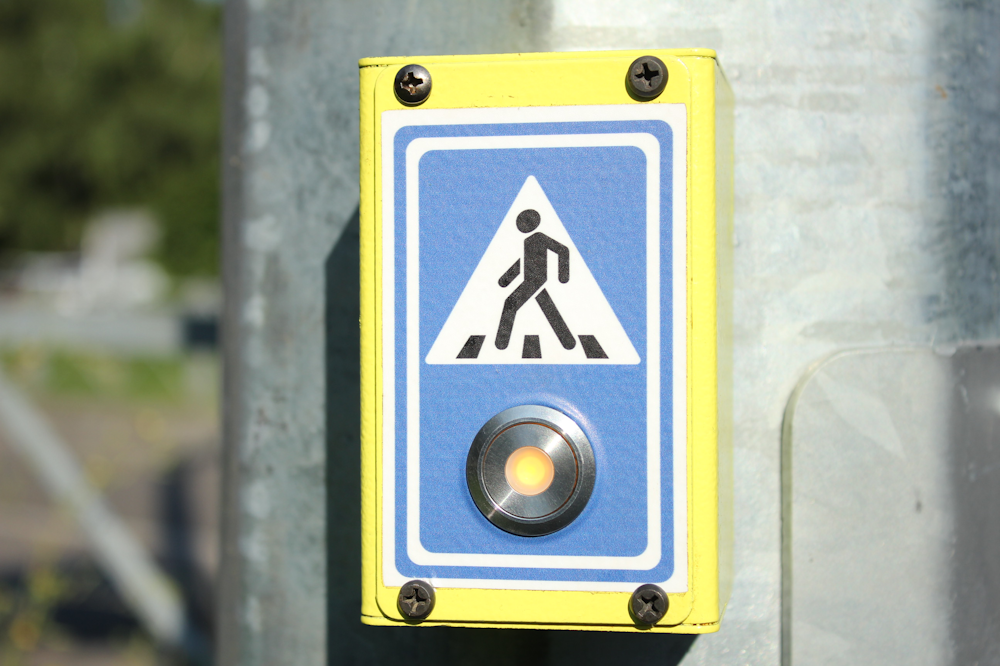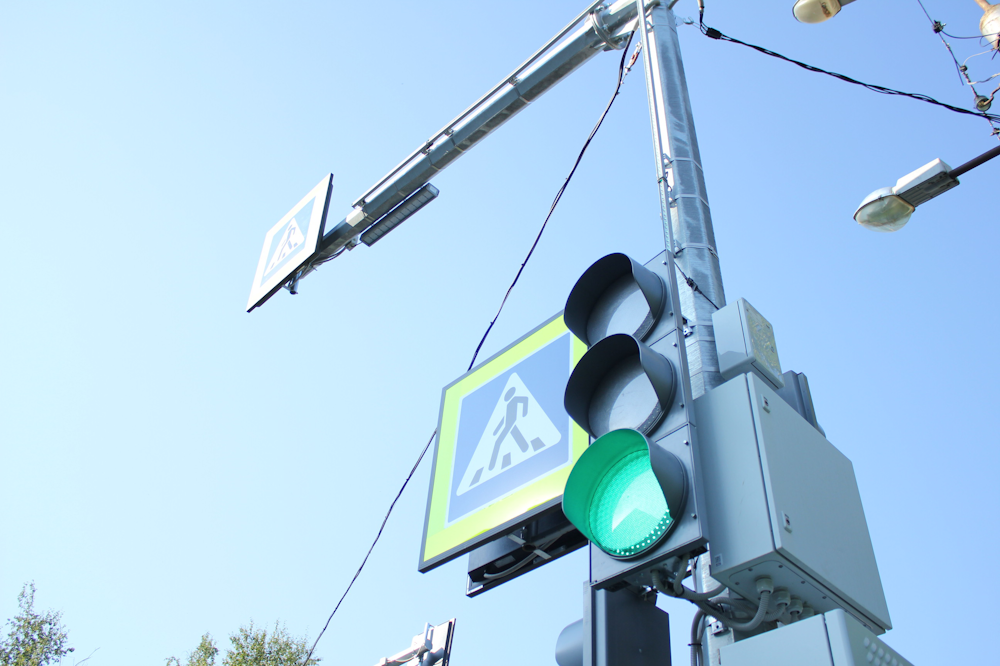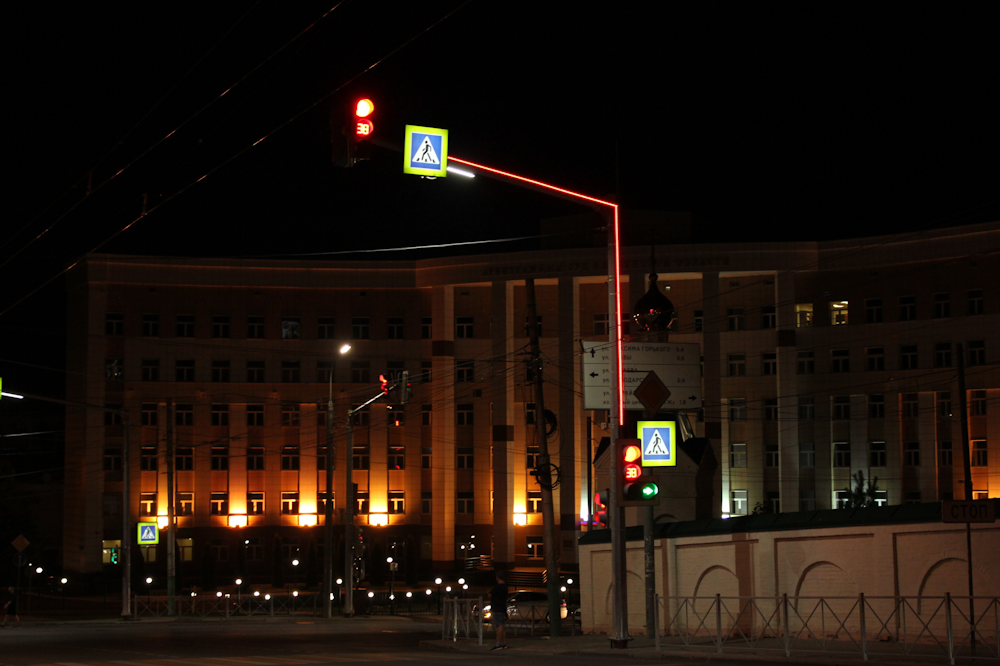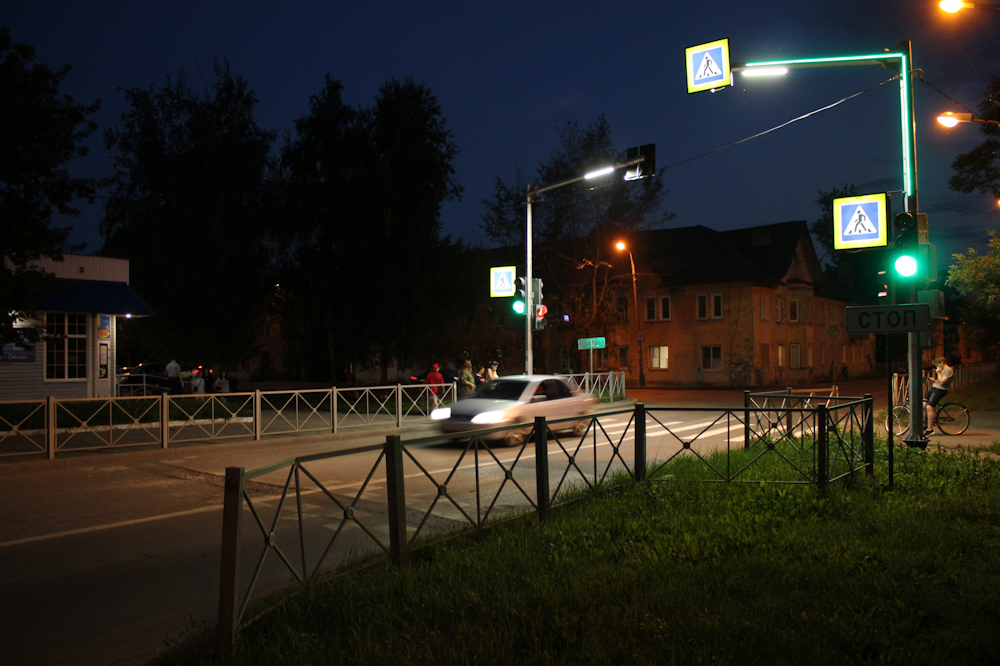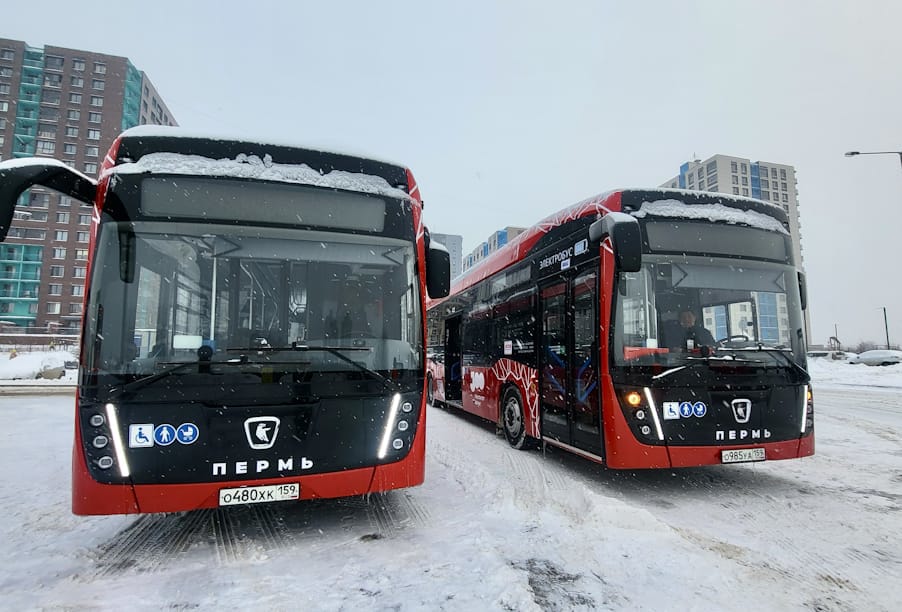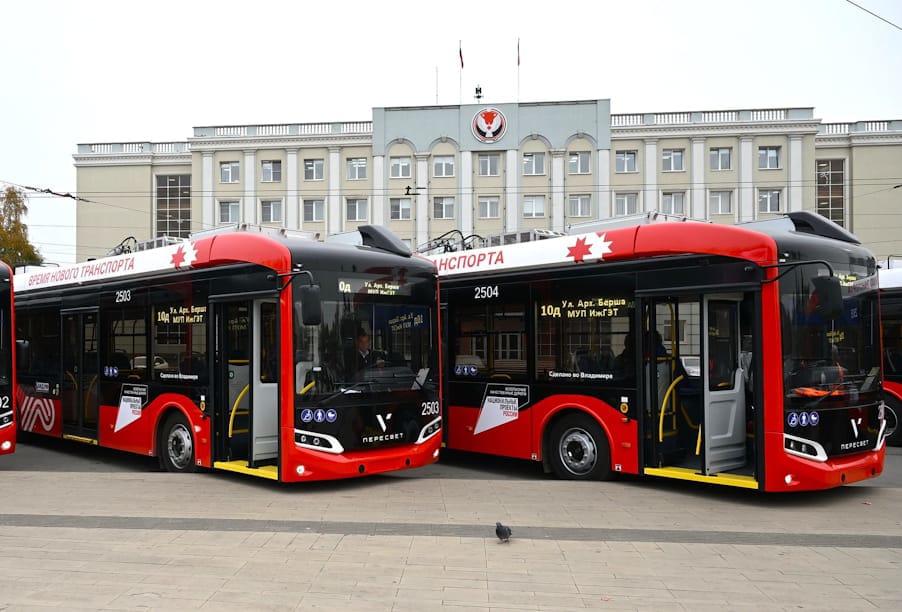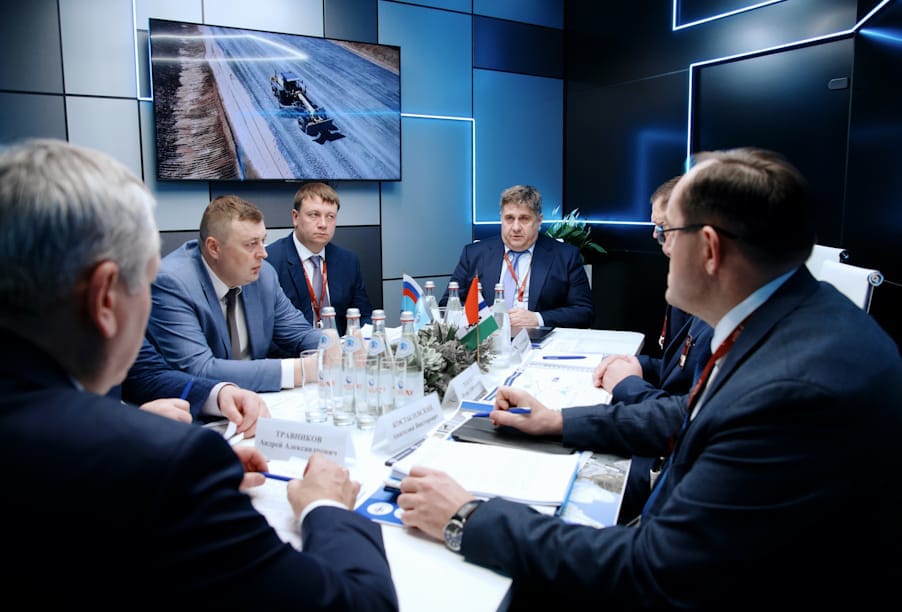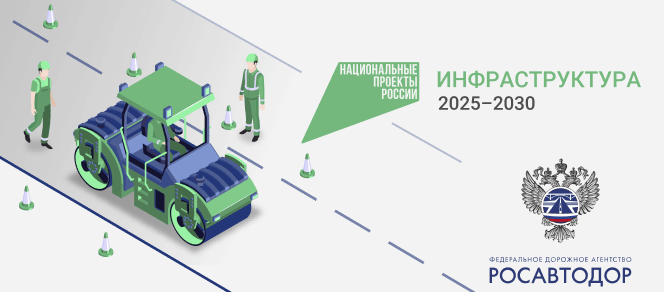Thanks to the national project, technological traffic lights appear on the country's roads
On August 5, Traffic Light Day is celebrated worldwide. Exactly 109 years ago, the first predecessor of modern devices appeared in the American city of Cleveland, Ohio. It had red and green lights, and when switching lights emitted an audible signal.
In our country, the first traffic light appeared in January 1930 at the corner of Nevsky and Liteiny avenues in Leningrad. Today, without «dumb regulators», it is difficult to imagine modern transport infrastructure. From 2019 to 2022, thanks to the national project «Safe Quality Roads», more than 10 thousand traffic lights were installed.
So, in Lipetsk, five traffic controllers are located on Plekhanov Street. Some of them help organize the movement of cyclists.
Two objects - at the intersection of Zhelyabov and Proletarskaya streets - work according to the «classic» preset scheme, three more ― in the area of Lyceum № 44 and the Right-Bank District Court ― «on call» using buttons. Traffic lights have long been asked to install parents of schoolchildren. Their wish was realized thanks to the national project.
While still unusual for Lipetsk, regulators have installed at the intersection of Zhelyabov and Proletarskaya streets. Visually, they are similar to «pedestrian» objects. The difference is that instead of a man, the signal panel shows a bicycle.
This year, work on the installation of traffic lights under the national project continues. By the end of the season, 1.8 thousand objects will be installed, 316 of them are already working.
For example, in the Samara region, traffic lights will appear on the roads of the region, which will reduce energy consumption by working on solar panels. We are talking about regulators of the T-7 type with lighting of pedestrian crossings. Thanks to modern technologies, they are easy to install even in hard-to-reach places. New facilities will appear at 21 unregulated pedestrian intersections in 13 districts of the region.
And in the Ryazan region, as part of the introduction of an intelligent transport system, the modernization of the "smart traffic light object" located at the intersection of the Ryazan – Ryazhsk – Alexander-Nevsky – Dankov – Efremov and Pekhlets – Korablino – Skopin highways was completed.
The object was equipped with an automatic traffic control system, which regulates traffic flows depending on the current situation. In total, today there are 10 such traffic lights on the regional and local networks. In practice, their work in adaptive control mode proved to be on the positive side: the waiting time for drivers of the permitting signal decreased significantly, the throughput at intersections increased, and the level of comfort of movement for all users of transport increased.
The introduction of technological facilities is also taking place in the Tver region. There are whole "smart intersections." The project has been implemented since 2022.
At the first stage, 12 traffic lights were installed, connected to a single network, allowing comprehensive traffic control. The system receives traffic data using inductive loop detectors embedded in the roadbed. This approach, unlike video surveillance systems, works effectively in all weather conditions.
In 2023, work on the introduction of such complexes continues. In total, by the end of summer, it is planned to modernize and include 25 traffic lights in the unified network. 11 of them will be equipped with loop detectors.
«Smart traffic lights» are located at the main intersections of highways. If in 2022 the work fell on the central part of the city, now the system is expanding to other areas. Currently, traffic lights are being modernized on Vagzhanov Street and Moskovsky Highway, then work will continue on Kalinin, Lenin and Nikolai Korytkov avenues», said the Department of Road Facilities, Improvement and Transport of the Tver City Administration.
In total, by 2024 it is planned to commission more than 60 «smart traffic lights» on all the main highways of the capital of the region.



.png?v=YRr4v9MjmZag6mtdT4aibqJTnL-AHWRxt-OjuLF7b88)
.png?v=dDiT9HbNjG4bHbfyO2VXeFYl7WkCkU6mzgQsbc9ZACE)



